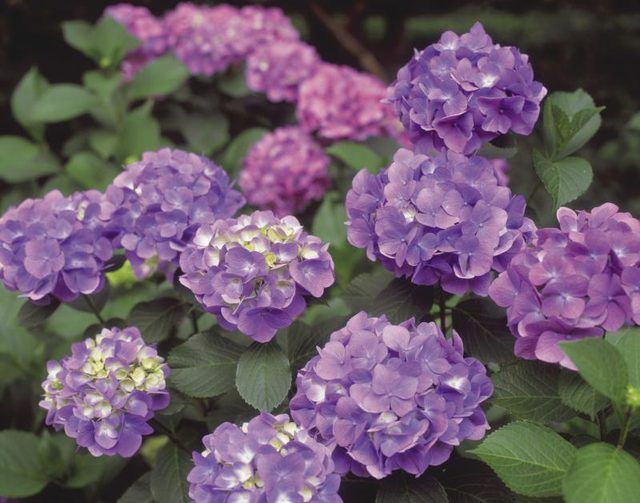Bulbs
Flower Basics
Flower Beds & Specialty Gardens
Flower Garden
Garden Furniture
Garden Gnomes
Garden Seeds
Garden Sheds
Garden Statues
Garden Tools & Supplies
Gardening Basics
Green & Organic
Groundcovers & Vines
Growing Annuals
Growing Basil
Growing Beans
Growing Berries
Growing Blueberries
Growing Cactus
Growing Corn
Growing Cotton
Growing Edibles
Growing Flowers
Growing Garlic
Growing Grapes
Growing Grass
Growing Herbs
Growing Jasmine
Growing Mint
Growing Mushrooms
Orchids
Growing Peanuts
Growing Perennials
Growing Plants
Growing Rosemary
Growing Roses
Growing Strawberries
Growing Sunflowers
Growing Thyme
Growing Tomatoes
Growing Tulips
Growing Vegetables
Herb Basics
Herb Garden
Indoor Growing
Landscaping Basics
Landscaping Patios
Landscaping Plants
Landscaping Shrubs
Landscaping Trees
Landscaping Walks & Pathways
Lawn Basics
Lawn Maintenance
Lawn Mowers
Lawn Ornaments
Lawn Planting
Lawn Tools
Outdoor Growing
Overall Landscape Planning
Pests, Weeds & Problems
Plant Basics
Rock Garden
Rose Garden
Shrubs
Soil
Specialty Gardens
Trees
Vegetable Garden
Yard Maintenance
Are Hydrangeas Poisonous to Pets?
Are Hydrangeas Poisonous to Pets?. Hydrangeas (Hydrangea spp.), with their attractive foliage and large, showy clusters of blossoms, are classic garden shrubs. Growing in U.S. Department of Agriculture plant hardiness zones 3 through 9, depending on the variety and cultivar, these plants are attractive to look at, but dangerous for pets. The...

Hydrangeas (Hydrangea spp.), with their attractive foliage and large, showy clusters of blossoms, are classic garden shrubs. Growing in U.S. Department of Agriculture plant hardiness zones 3 through 9, depending on the variety and cultivar, these plants are attractive to look at, but dangerous for pets. The American Society for the Prevention of Cruelty to Animals notes that hydrangeas are toxic to dogs, cats and horses.
Hydrogen Cyanide
Hydrangeas contain amino acid-derived compounds, called cyanogenic glycosides. These compounds are part of a plant self-defense mechanism designed to discourage animals from eating the plant. When the animal chews the leaves, the cyanogenic glycosides interact with enzymes in the plant to give the hydrangea an unpleasant flavor. The chemical process creates hydrogen cyanide, a deadly poison.
Preventing Problems
Hydrangeas taste awful, so itís unlikely your pet will eat enough to get cyanide poisoning. Itís more likely your pet will get an upset stomach. Donít plant hydrangeas in areas where your pets regularly visit, and monitor your animals if they go in that area.
Symptoms of Cyanide Poisoning
Dogs, cats or horses that eat hydrangea leaves may develop diarrhea, begin vomiting or act depressed. If they eat enough of the toxin, they might develop breathing problems or begin to hyperventilate. Weakness, loss of coordination, seizures, tremors and coma are also symptoms of cyanide poisoning. Some animals that have been poisoned have a smell similar to that of bitter almonds. Cyanide is a fast-acting poison, and if the pet has eaten enough of the plant, it's possible the pet could die before you're aware or before you're able to get help.
Veterinary Treatment
If you suspect cyanide poisoning, take your pet to a veterinarian or emergency pet clinic immediately so the doctor can administer a cyanide antidote. Do not attempt to force the animal to vomit, as this can cause secondary contamination and make the situation worse. The veterinarian can administer treatment even if the animal is not breathing, as long as its heart is still beating and it is still alive. The antidote is usually highly effective and can save the animalís life if given quickly enough.